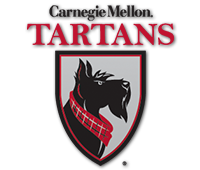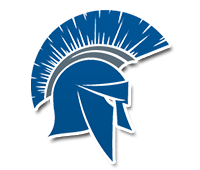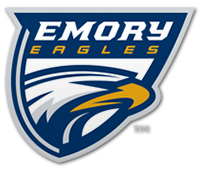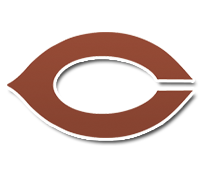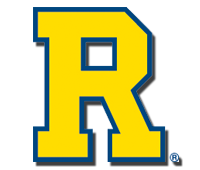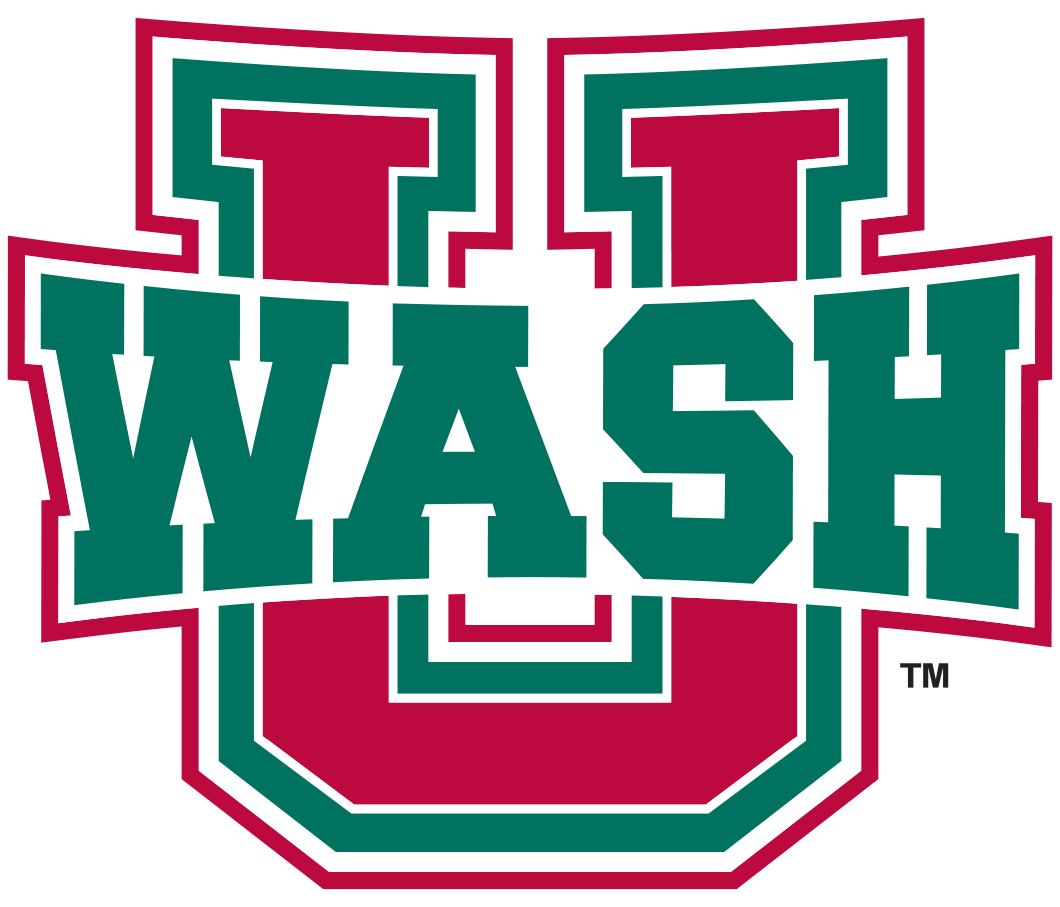
Photo courtesy of Naji Saker (https://www.najisaker.com/)
This Saturday marks the 12th occasion of one of the most unique traditions in the University Athletic Association, the Battle of the Obelisk. The dual indoor track and field meet pits Case Western Reserve University against visiting Carnegie Mellon University.
THE BEGINNING
Then CWRU head coach Steve Rubin, who currently serves as the head track and field coach at Amherst College, remembers the first year (2009) well. “The Carnegie Mellon coaches were on board when I said, ‘Let’s do this every year and we will have a trophy,’” he recalled. “It was such a foreign concept these days, a dual meet relatively early in the indoor season with no ramifications.”
For Dario Donatelli, who was both the head coach and a former track student-athlete for the Tartans, it was a chance to add value to the indoor season and take him back to his own competitive days. “We usually downplayed indoor track because we didn’t have a track and there aren’t too many around Pittsburgh,” he explained. “We wanted a way to get our student-athletes excited and wanted to go old school. We had dual meets everywhere when I ran in the PAC (Presidents’ Athletic Conference). It was all about head-to-head competition.”
“I felt strongly back then that track and field would benefit from a return to head-to-head competition. More people can relate to competition that is not based only on times, distances, and heights,” described Virginia Military Institute Director of Intercollegiate Athletics Dave Diles, who served as the Director of Athletics and Chair of Physical Education at CWRU from 2005-2013.
“We wanted our athletes to get the idea that every point mattered. At an invitational, they were focused on a personal best rather than being motivated to beat someone head-to-head,” Donatelli remarked. “We would come back from those meets and people would ask how we did. They were confused when we said we didn’t keep score. People were right. We should keep score.”
Rubin admitted that his original idea for the event’s name, Nerd War, did not resonate with Diles. “I thought it was hilarious and that everyone would get it, that maybe even ESPN would pick it up,” he remembered. “Most of all, I wanted a trophy to make the meet more special. It could have been anything, even a petrified orange, as long as there was value and tradition to it.”
Looking for something special, Rubin found an obelisk, an ancient stone pillar with four sides and a pyramidal top, in a trophy catalog. “I wanted something that was unique, though I later discovered it wasn’t as unique as I thought,” he laughed. “It was geometric, which seemed appropriate for the math-heavy character of the schools. I couldn’t afford anything custom-made and like the meet itself, it was on short notice. The photo in the catalog made it seem bigger than it was, like two or 2½-feet tall. It turned out to be less than a foot.”
“The meet took on a life of its own every year. The traveling trophy added a lot to it,” Donatelli agreed. “It either sat in my office all year or I told our student-athletes it was in Cleveland and we had to go get it.”
SETTING THE STAKES
Two unique guidelines made early on played one of the premier roles in the excitement of the meet. One was to determine the winner of the meet, who would earn the traveling trophy, by combining the men’s and women’s scores. “We wanted everybody on the team to be important and the combined scores did that,” Donatelli explained. “It could be our third-best women’s runner in an event and one of our men’s shot put guys is cheering her on.”
The other key decision was to run three scoreboards simultaneously, one each posting the men’s, women’s, and combined scores, respectively. “We wanted to continuously display the scores so everyone knew where we stood,” Rubin commented. “The scores had to be up there immediately,” Donatelli said. “We didn’t want to move on to the next event until the scores were updated.”
“I was really selling our athletes that the Tartans were coming after us that first year,” Rubin stated. “We were raring to go. I made this whole big fanfare. Carnegie Mellon just came in nonchalantly and took our trophy!”
“I remember that very first year sitting at a meeting with Steve the week before the meet and he was fired up,” recollected CWRU head cross country coach and assistant track and field coach Kathy Lanese. “Every day was a different theme like crazy sock day. He created the excitement and the athletes caught on.”
Buoyed by a 79-47 advantage on the men’s side, the Tartans took the initial Obelisk title in 2009 by a 132-120 score.
“The next year, I got the athletes all hyped up again. I was saying, ‘they embarrassed us and that trophy has been sitting in Pittsburgh,’” he recollected. The Spartans edged the Tartans by one point on the men’s side and used an 86-40 advantage on the women’s side to take the title. “We made a big celebration of it. We did a victory lap and took photos,” Rubin said. “Admittedly, we went overboard. That’s when the rivalry really got going.”
“You have to really understand, and follow track and field to know a great time in a race or distance/height in a field event,” Diles noted. “The energy in the building was notable as the scoring was updated as we moved through the events. I believe it helped more people appreciate the sport.”
Another tradition from the early days of the competition as CWRU having t-shirts made specifically for the event. The shirts became a point of pride for the Spartans, but also something the Tartans appreciated. “Some of us traded shirts (the Tartans wearing traditional school shirts) with them after the meet,” recalled CWRU assistant coach Chris Kelly, who competed in the event for the Spartans from 2010-13. “One year I traded with Rob Morhard, who had to be about six-foot, five-inches tall. I would get this extra-large shirt and he would get a much smaller shirt from me.”
One shirt in particular stands out in the annals of Obelisk history. “One year I thought it would be good to put a Spartan logo greater than the Tartan logo = Obelisk,” Rubin stated. “I had at least 25 people from both schools tell me that the equation made no sense.”
Kelly remembered that shirt well. “Everyone wanted that shirt with the bad equation!” he recalled. “It’s only hearsay, but I may have heard that some of their shirts found their way on to our bus,” Donatelli chuckled.
HEAD COACHING CHANGES WITH A FLUID TRANSITION
This year marks Gary Aldrich’s sixth as head coach of the Carnegie Mellon program, but he has been a part of every Obelisk, having served as Donatelli’s associate head coach for eight years. A thrower during his undergraduate days at Slippery Rock University, Aldrich competed regularly in a dual meet at State University of New York at Fredonia and in a tri-meet with nearby Lock Haven University and Clarion University of Pennsylvania. “Dario and I grew up with dual meets happening in college so when Steve brought the idea to us, we knew we were going to do it.”
“Our student-athletes started to have a relationship with the CWRU student-athletes. They are so similar,” Donatelli described. “When we went to the UAA meet, they would cheer for each other. I think it was such a positive unforeseen consequence of the dual meet.”
When Eric Schmuhl took over the helm of the CWRU program in 2012-13, the Obelisk was entering its fifth year. “I came in with the mentality of being obsessed with the national meet. I was surprised they were using a Saturday for a dual meet,” he explained. “I completely underestimated what this meet meant to the student-athletes. I tried to build it up even more after that first year.”
“The meet is so good and the concept is great,” Aldrich articulated. “It is a heated competition, but at the end of the day, they are friends. We have similar programs and similar student-athletes. It is what our sport and athletics are about.”
“What makes the rivalry so fun is that we are similar,” Schmuhl professed. “What we have team-to-team, coach-to-coach, institution-to-institution is a great thing and we are proud to be a part of it. The dual meet gives Gary and I a chance to be a ‘win or lose’ coach. The concept of the dual meet is something that is on life support, but it provides something for the sport. We know our event is part of a bigger picture.”
“There were a few years where the distance squads of the two schools were so close that they would visit one another over the summer and during breaks,” Lanese recounted. “When both our teams qualified for a national meet, we all went out together. We have a great allegiance toward one another.”
One place where the camaraderie is most evident is at the NCAA championships. “When we were in the same events, we would warm-up together and root for each other,” Kelly recalled. “Nationals is so lonely without all of your teammates there. We have been through the whole season with Carnegie Mellon (Obelisk, UAA championships, other meets) so we are very integrated. One time we even had a group chat with men from both programs.”
FIERCE COMPETITION
Even as close as the student-athletes of the programs are, the Obelisk is still an intense competition.
CWRU has built it into a major recruiting weekend. “We want to continue to make the meet more important and build a culture around it as a main event,” Schmuhl expressed. “Our student-athletes are so together and take this event personally. We want recruits to see that strong team culture.”
“Having not only our whole team together, but having the recruits there brings in another form of energy,” Lanese added. “We bring in a lot of potential students.”
“After the cross country national championship in the fall, Gary and (Carnegie Mellon head cross country coach) Tim (Connelly) were talking about the dual already,” Kelly explained. “Both teams have that championship mentality and are focused on driving themselves at the dual.”
The Obelisk is the only event of the track and field season in which Aldrich tells his student-athletes to leave their books home. “This is our chance for everyone to be together as a team and cheer each other on,” he said. He believes this is particularly important for his team since they do not train together during the indoor season because they don’t have an indoor track where team members can train simultaneously.
The focus is never lost on what was so important to Rubin, the trophy itself. “I remember Steve would create a stage for it,” Lanese vocalized. “He would create a table with the Obelisk on it so we could keep our eyes on the prize.”
When Carnegie Mellon owns the trophy, it sits on the fireplace mantle in Aldrich’s office. “It’s right there in the middle of the mantle, not in a trophy case. We have a Tartan ribbon that goes around it,” he stated. “People’s eyes gravitate to the ribbon. Of course I take it off when we go to the meet.”
“The last couple of years I was there, there was always a battle going on for third place,” Rubin recalled. “People were diving across finish lines, bleeding. It was so fun. That was the energy we were trying to capture.”
The teams split the first two, four, and eight Obelisk duals. Through 2016, the meet was tied 4-4 with each team posting one back-to-back victory. The Tartans enter this year’s Obelisk on a three-year winning streak, the first in the 11-year history of the meet.





